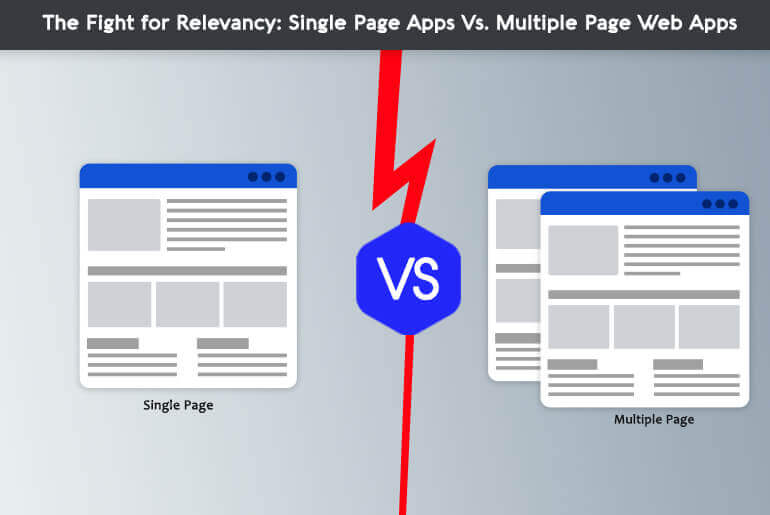-
solutinos
-
Hire
Frontend Developer
Backend Developer
-
NodeJS Developer
-
Java Developer
-
Django Developer
-
Spring Boot Developer
-
Python Developer
-
Golang Developer
-
Ruby on Rails Developer
-
Laravel Developer
-
.NET Developer
Technology
-
Flutter Developer
-
React Native Developer
-
Xamarin Developer
-
Kotlin Developer
-
Cross-Platform Developer
-
Swift Developer
-
MongoDB Developer
-
C Developer
-
Smart Contract Developers
Cloud
-
-
Services
Mobile Development
Web Development
- Work
-
Multi Services App
-
Food Delivery App
-
Grocery Delivery App
-
Taxi Cab Booking App
-
Multi Services App
-
OTT Platform APP
-
Social Media APP
-
Freelance Service App
-
Car Rental App
-
Medicine Delivery App
-
Liquor Delivery App
-
Sports Betting App
-
Online Coupon App
-
eLearning App
-
Logistics & Transportation App
-
Courier Delivery App
-
On-Demand Real Estate App
-
E-Wallet APP
-
Online Dating App
-
Handyman Services App
-
-
Process
-
Company
The internet is full of debates. As far as web development is concerned, one of the more recent debates companies and developers have been indulging in is on single-page and multi-page applications.

Though it’s a cliché that web designing and web development have been undergoing a solid transformation over the last few years, it’s undeniable that they are only consistently working on optimizing user behavior. With users shifting from desktop screens to their portable counterparts, the tech supporting this shift has to be evolved as well.
Now, this has led to the development of these two development models, where apart from being aesthetically and technically sound, these are influencing a number of other factors like SEO, response time, bounce rates, conversion rates and more.
If you’re planning to launch a web app and wondering what to choose, here’s our detailed breakdown of the SPA and MPA development models so you get to make wiser business and development decisions.
Single-Page Application
What sounds like a technical jargon is something you’re already familiar with. If you have used Facebook, Gmail or Trello, you have already used a single-page application. In simple words, a single-page app is where you have only one screen/page for all interactions with a business or service. Most of the landing pages that redirect you from online promotions are built on this framework to offer you optimum information with minimum navigation.
Some of the key features of SPAs include:
- They work in browsers and do not require page reloads.
- You don’t have to wait until you get to see new content.
- Pages don’t have to be updated frequently to see updated changes. Meaning, changes are visible in real-time.
- They are built on HTML5 and AJAX for responsiveness and JavaScript frameworks like Vue, React and Amber for the incoming heavy load from the client-side.
Analysis
Swift and Responsive
Assuming you’ve used Facebook, you would have noticed that you don’t have to reload the entire web page to see new content. Instead, the content gets constantly updated as you keep scrolling down. This significantly increases the speed of your website.
Technically, all the essential resources to run your website is stored and run for almost the entire span of your website. Only data is transmitted to and from servers. This is immensely influential as statistics from Google reveal that your visitors are more likely to abandon your website if it fails or continues to load after 200 milliseconds.
Excellent Interactivity
Since there is no navigation required, developers can make use of concepts like parallax effects to offer stunning interactivity to users. If you look at the websites developed for crowdfunding campaigns, you would find that these effects are used to narrate an entire story.
With meaningful transitions and effects, customers are taken on a journey with the brand. This directly increases the brand’s recall value. Besides, there are hardly any annoying pop-ups or banners coming in the way of your website experience.
Offline Capabilities
One of the major advantages of single-page web apps lies in its caching capabilities. Since only one request is sent by the website to a server, it stores all the data sent in, allowing users to access it offline as well. Under poor internet connectivity, data is synchronized with servers as and when a connection is restored.
Easy Debugging
Since single-page apps are built on frameworks such as React and AngularJS, it is easy to debug this framework with Chrome. The dedicated Chrome developer tools also allow you to investigate data and page elements and help in network monitoring.
Multi-page App
By now, you would understand that whatever is not a single-page web app is a multi-page app. For instance, your conventional eCommerce websites like Amazon, Flipkart, and product websites like Apple, Samsung and more. These are full-fledged web apps that are branched tremendously, allowing developers to dedicate pages for all the necessary information they think is required for visitors.
In comparison, multi-page apps have their own distinct advantages.
Optimized for Search Engines
Multi-page apps are built on frameworks that web crawlers recognize. Because of their ability to feature multiple pages and content changes, they work in favor of SEO. If you intend to develop a web application based on the multi-page model, you can even add meta tags to your app and pave the way for better ranking and online visibility.
Because we are talking about search engine rankings, you should know that multi-page apps also allow you to link Google Analytics to your website and measure its performance. You can test a number of parameters here including the best performing and least performing sections of your app.
MPAs are Scalable
As far as content is concerned, single-page apps come with certain limitations. They rely on quirky content and limited pieces of information that are required to grab the attention of visitors. Multi-page apps, on the other hand, are designed for unlimited content.
With no restrictions as such, this framework allows you to have dedicated pages for each product or service you intend to enlist with unlimited modifications and updations. If you have plans to diversify or expand your business in the near future, going for an MPA would make more sense.
What to Choose for Web Development
Whenever a confrontation is required, it is always good to sync up with the purpose. While single-page and multi-page websites offer their own distinct sets of advantages and disadvantages, it is good to get back to what your business is all about.
If your business is all about dealing with data volumes that are manageable and developing dynamic platforms such as for SaaS, social media platforms and other niches, closed communities, we recommend you go for single-page apps.
On the other hand, if you have a full-fledged range of products or service and if your business relies immensely on SEO for lead generation and conversion, the most ideal option would be multi-page apps.
Also, your work does not end with deciding your preferred web development framework. In fact, it begins after this stage. So, if so far, things were good and comprehensible, it would get completely technical after work on it commences.
If the entire process of web app development sounds daunting to you, we recommend you get in touch with us. Working tirelessly on your web app would be our team of developers and designers who would add value to your business goals and help you reach heights within the timeline you have in mind. Contact us today.
Subscribe to our newsletter
Get our articles, Blogs and case studies directly into your inbox. Your information will be confidential and secure.


.jpg)
